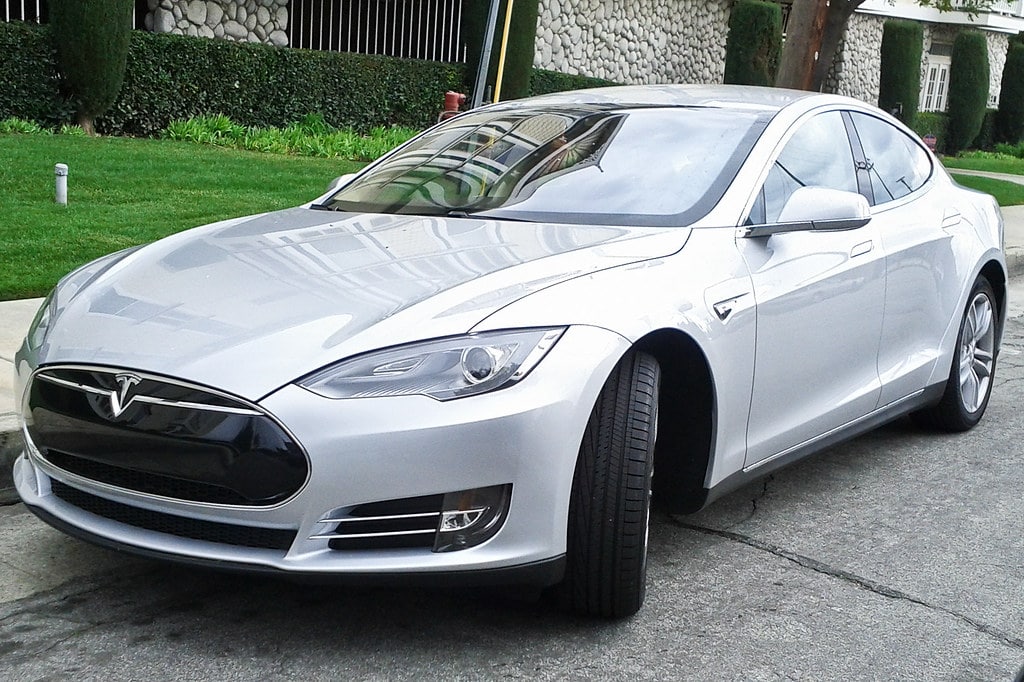
Rechargd.com is reader supported. We may collect a share of sales or other compensation from the links on this page. As an Amazon Associate, we earn from qualifying purchases.
We all look forward to flicking the car’s heater on a frosty morning. The heater’s effect on fuel consumption in a conventional vehicle isn’t a major concern, but EV drivers need to think a little more carefully about whether to reach for the heater switch.
Yes, the heater in an EV is the single largest drain on a car’s range after driving itself. This is because EVs rely on energy-hungry resistance heating in the absence of waste heat from the engine of an ICE.
Why Does Running The Heater Reduce Range?
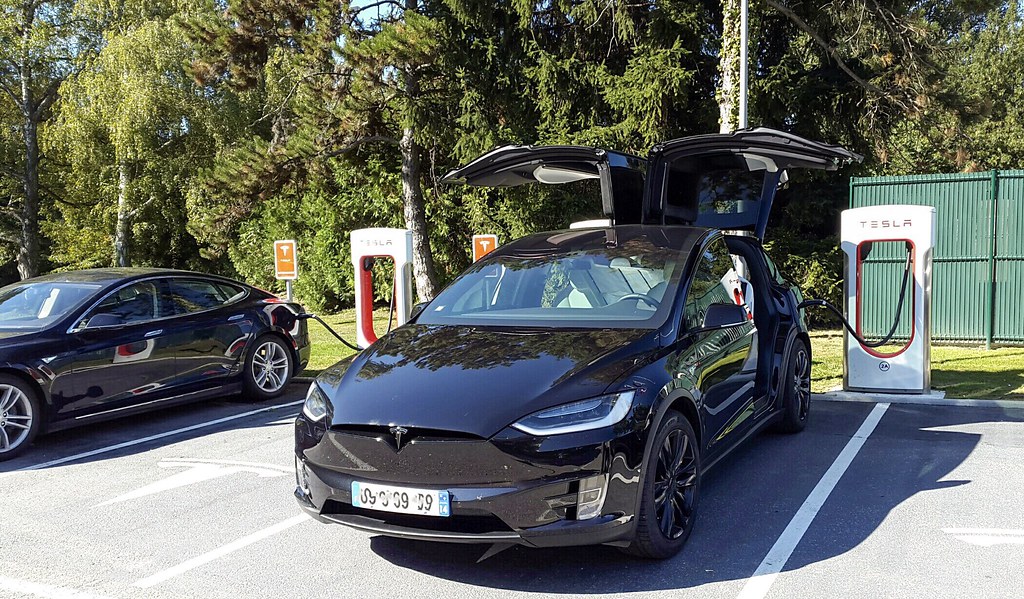
Unlike an ICE, an EV has very little waste energy to recover for use in cabin heating. All energy supplied to the car originates from the car power pack, the capacity of which determines the range.
EV cabin heating is currently met largely through resistive heating. This is simply heating a wire coil by passing an electrical current through it, much like a hairdryer, an electric oven, or a simple bar heater for the home.
Resistance heating is inherently inefficient, with much energy lost as light. Anyone with electrical radiators in their home and leaky windows will be familiar with huge electricity bills. Cabin heating in an EV is, therefore, the single largest use of power from the power pack after vehicle motion.
How Cold Weather Also Reduces The Range

A drop in outside temperature reduces range not only through your switching on the cabin heater but also through other factors. Like humans, batteries like to be at an ideal temperature of around 21 degrees Celsius, and the optimal range of driving temperatures is 20-27 degrees Celsius.
In fact, EVs’ range is typically 15% higher than their rated range when driven at 21 degrees Celsius.
Temperatures above or below this lead to reduced battery performance, including capacity reduction, increase in charge times, and poorer charge holding. The drop-off in performance due to low temperatures is also steeper the lower the temperature.
Therefore, the range of an EV driven on a cold day will be markedly lower than that of an EV driven on an ambient day.
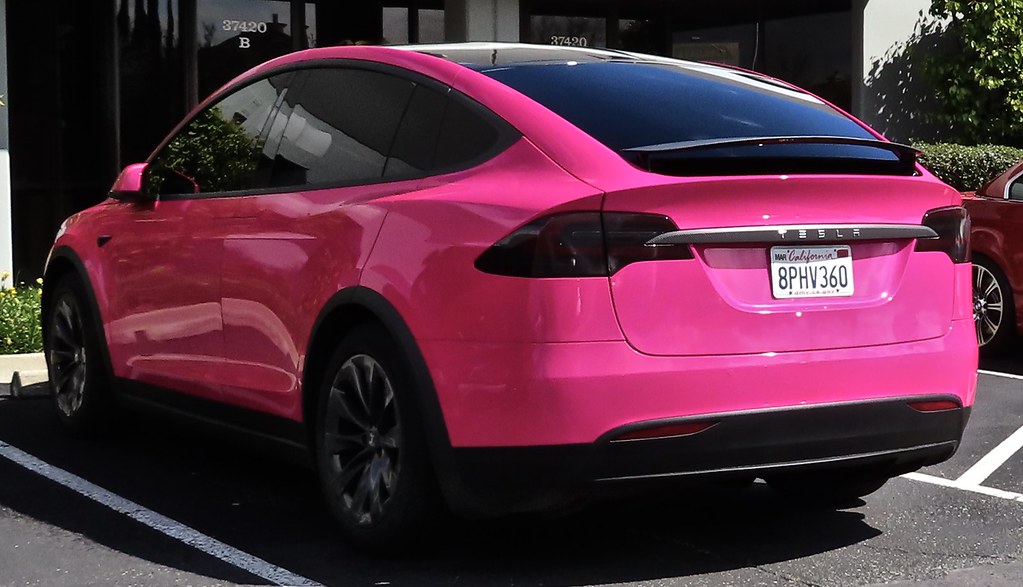
Cold weather also reduces EV regenerative braking capacity. On a cold day, the energy returned to the electric motor through regenerative braking is reduced. Air is also heavier on cold days due to increased air density.
This means that car aerodynamics are reduced, which puts additional strain on car performance and range. Lastly, any range reductions due to cold weather also need to factor in battery aging, which can add a further 2-3% per year for older EV models.
By How Much Does Cabin Heating Reduce Range?
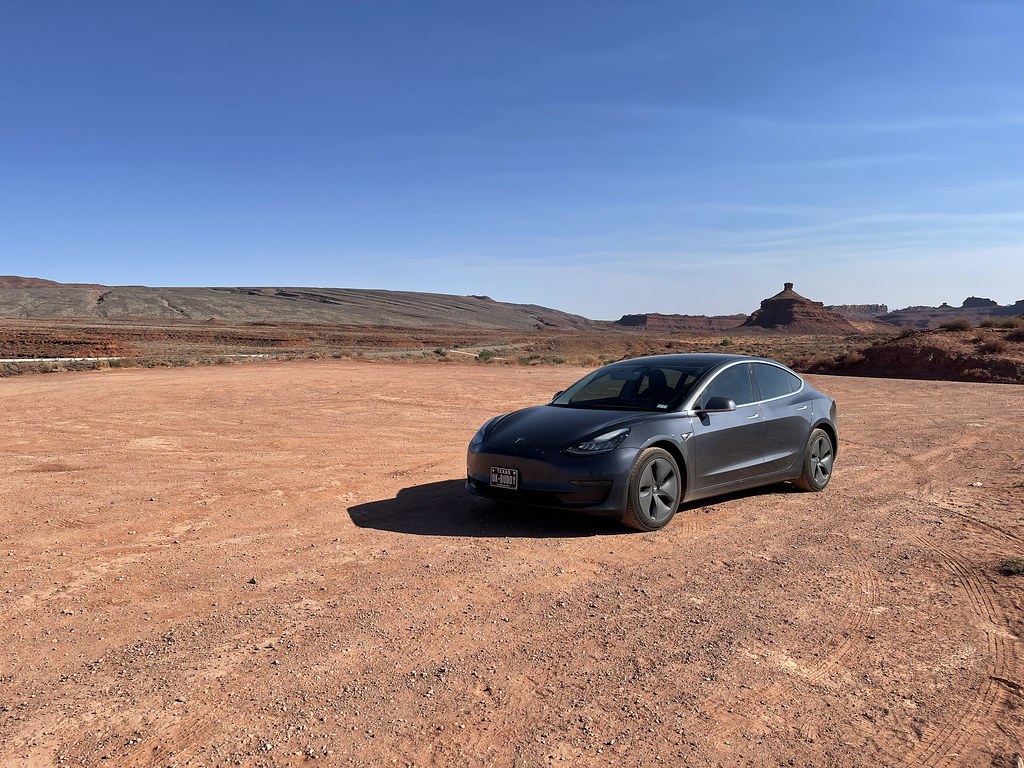
Two independent studies have answered this question. A study by the Automobile Association of America (AAA) studied range losses due to the use of cabin heating based on a range of EVs: the BMW i3, Chevrolet Bolt, Nissan Leaf, 2017 Tesla Model S, and VW e-Golf.
The study found that driving an EV on a cold day (-6 degrees Celsius) without switching on the cabin heater or other heated components reduced the range by 12%.
Cold weather alone, therefore, reduces EV range by over 90% of its stated range before the heater is even switched on.
The AAA study found that the EV range was reduced by over 40% with the cabin heater. Therefore, the heating of the carbon reduces the range by 29% before the effect of cold weather on car performance is considered.
Another study by IoT company Geotab found that at -15 degrees Celsius, the average drop-off in EV range across over 100 EV models was 54%. In a third study, the Tesla Model S lost 60 miles when operating at below-zero temperatures with the cabin heater on.
Ways To Maintain Range – General EV Advice
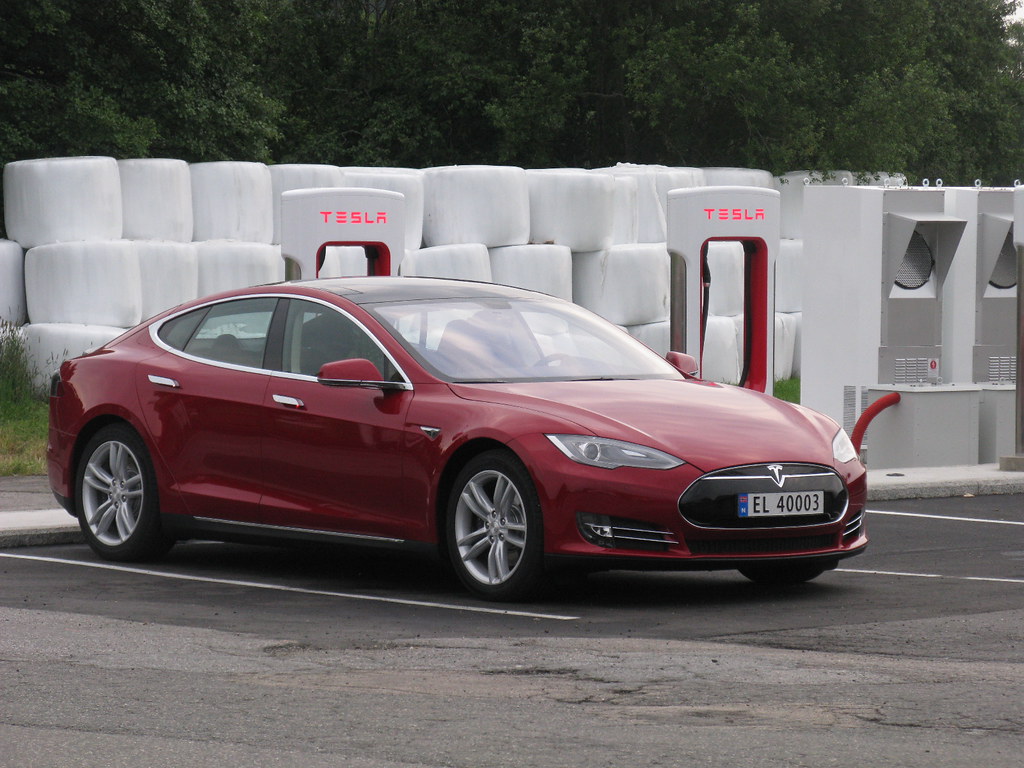
Despite the issues of cold weather and range, you can conserve EV power in many ways when the temperature drops. Some relate to general EV use, and others are specific to cold weather.
Firstly, there are the general EV management tips for conserving range. This includes ensuring that tires are at the right pressure and driving style. Because EVs are heavier and accelerate more quickly than ICEs, tire pressure is essential. If you are worried about range when driving in cold weather, check tire pressure before heading out.
Driving style is another factor to consider. Keeping a light foot on the accelerator, apex cornering, and gentle acceleration all help to conserve charge.
Battery power can also be maintained by ensuring its charge never falls below 20%. These are all things you can do to keep charged in any weather.
Another factor to consider regarding the range is the removal of unnecessary accessories. Be sure to remove things like a roof rack if they are not in use, as these increase drag.
As previously mentioned, aerodynamics are worse in cold weather, making car aerodynamics more critical when the temperature drops.
Ways To Maintain Range In Cold Weather
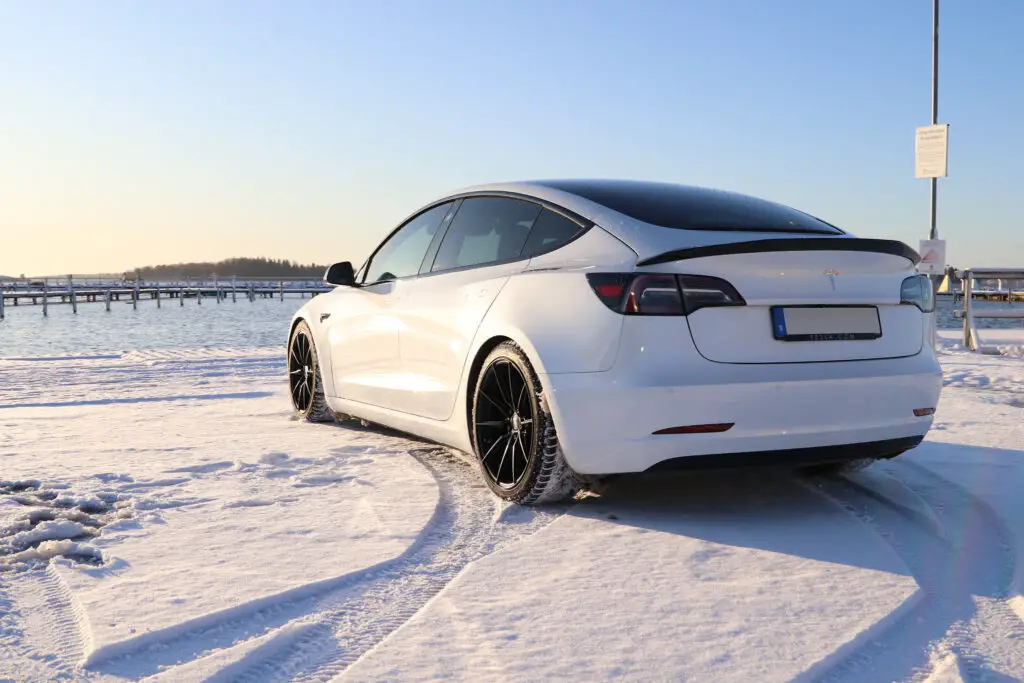
Then there are the things you can do specifically for cold weather conditions. Firstly, you can use other heated components, such as a heated steering wheel or heated seats, before reaching for the cabin heater. These use a lot less power and therefore conserve charge.
If available, car preconditioning also helps to keep the battery at an optimum temperature and maintain its charge.
You can also store the car in a warm location, such as a garage, at night or park it in sunlight during the day. Keeping the car warm helps the battery charge and maintain its charge. Lastly, the cabin heater can be used prudently.
This means only switching it on when necessary, reducing its temperature, and not leaving it running when sitting stationary in the car or when idling.
Car options to help conserve range in cold weather include selecting the vehicle’s “economy” mode and setting regenerative braking to its maximum setting. Both of these functions will help conserve charge.
It is also a good idea to watch for charging stations when out in cold weather in case you get caught out.
Will EV Range In Cold Weather Improve In The Future?
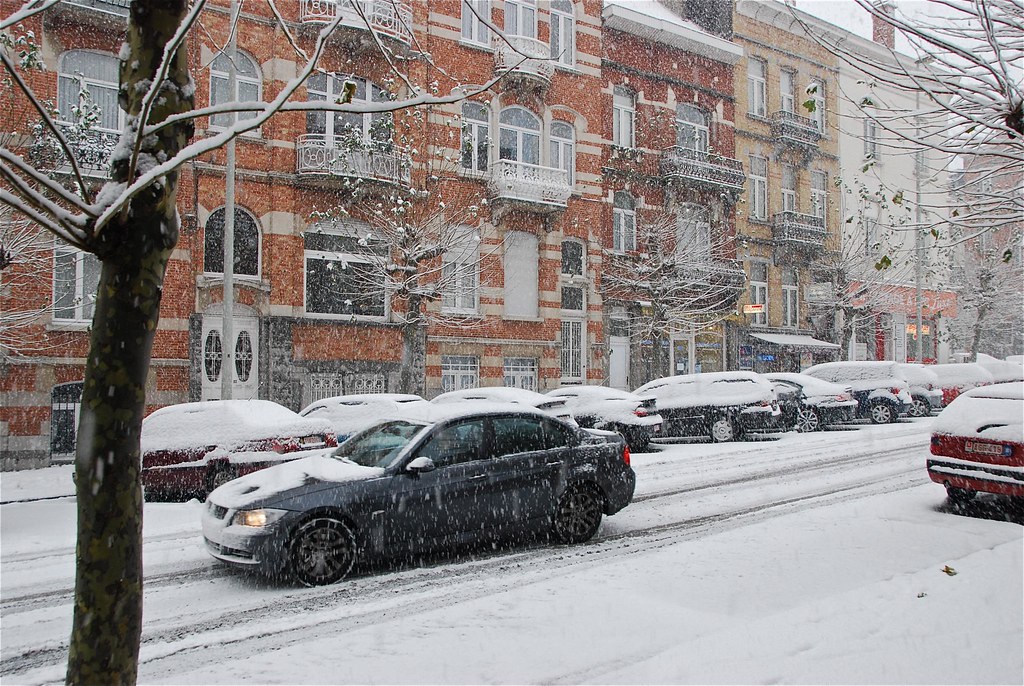
Higher-specification EVs such as the Tesla Model X and Model 3 are incorporating heat pumps to replace energy-hungry resistance heaters. Heat pumps can manage all aspects of heating, air conditioning, and ventilation (HVAC) at a much lower energy penalty.
However, the cost of heat pumps prevents them from being the go-to option for EV manufacturers. As the cost of their manufacture and design comes down, heat pumps are likely to feature more prominently in EV HVAC systems.
The dawn of solid-state EV batteries will also help address energy consumption issues in general. A solid-state battery has a higher capacity for lower weight and smaller size.
This will allow for a much better range and help to alleviate concerns over range caused by car functions such as heating. The first EVs with solid-state batteries were recently launched commercially in China in a fleet of taxis.
